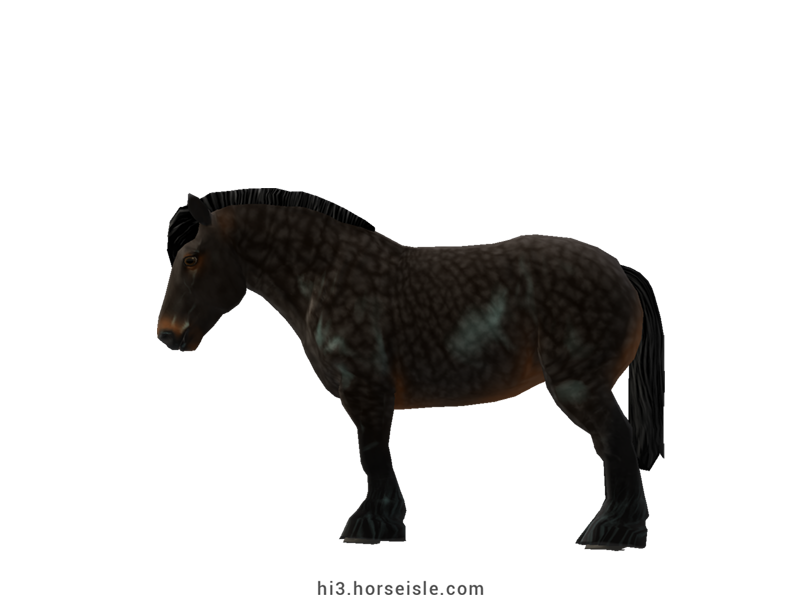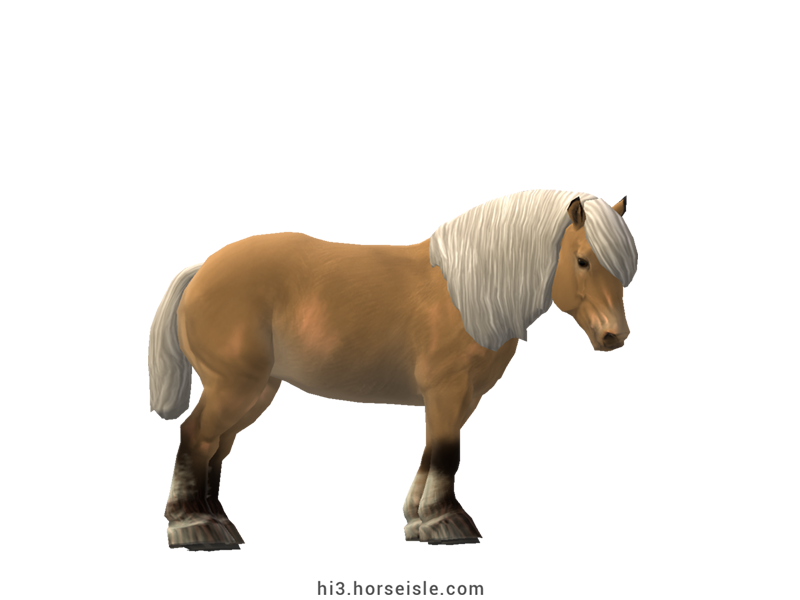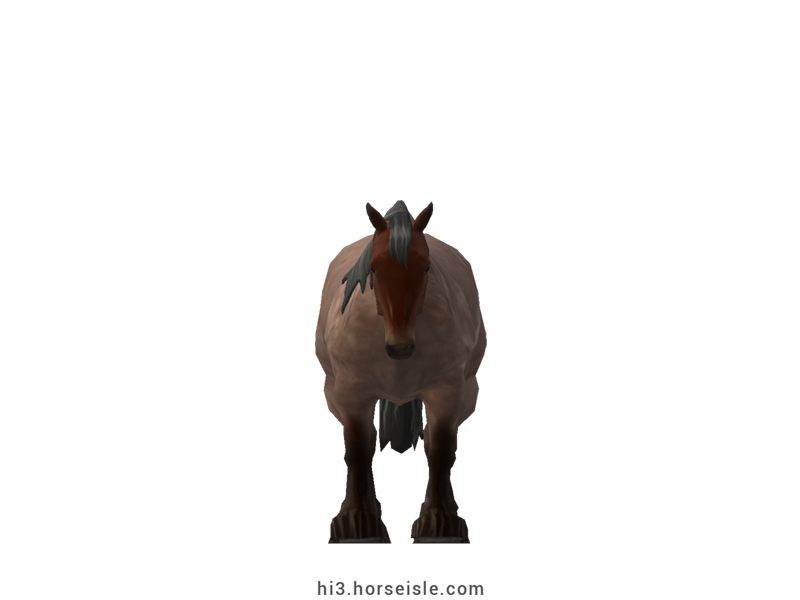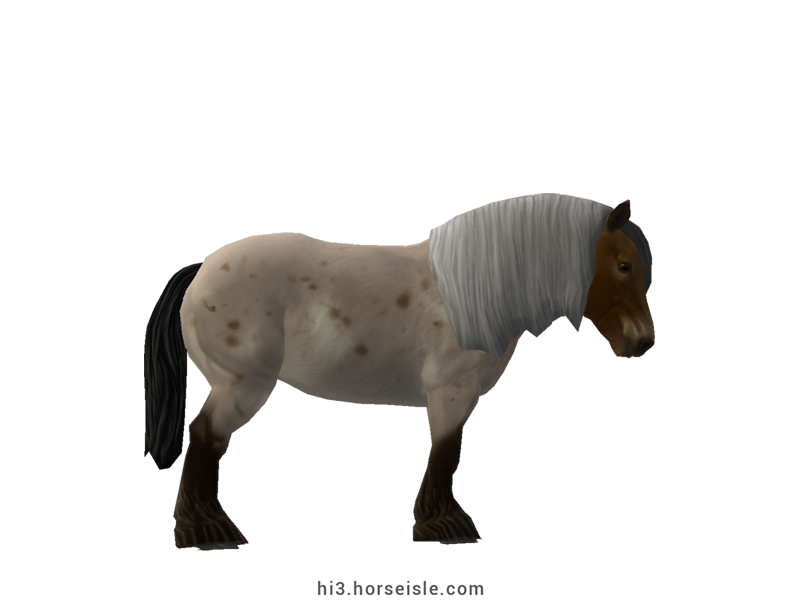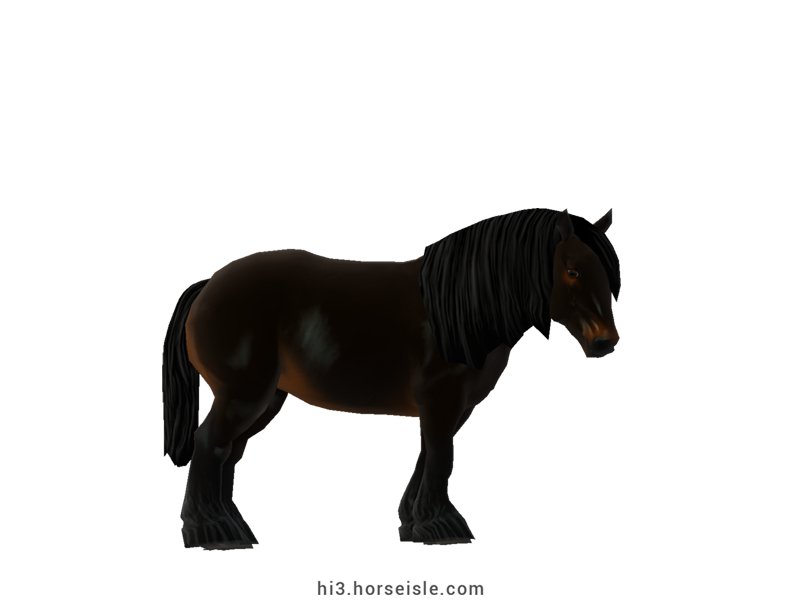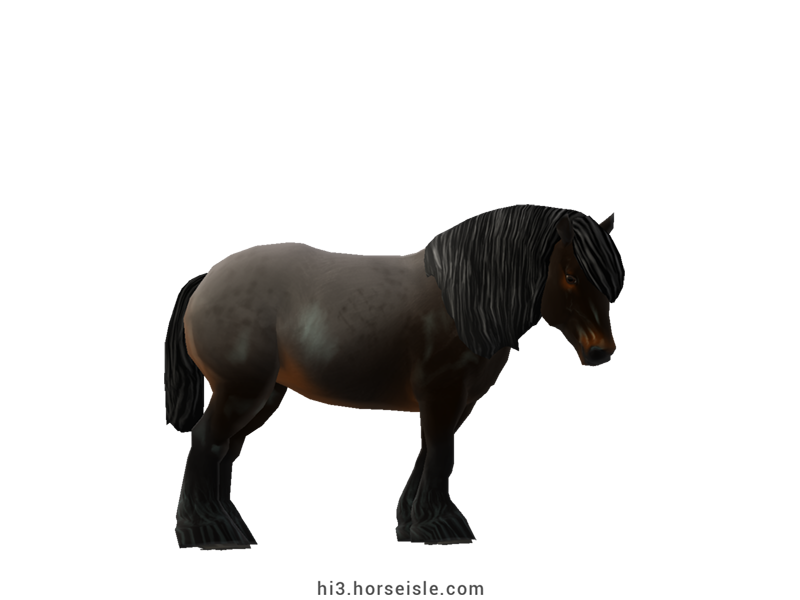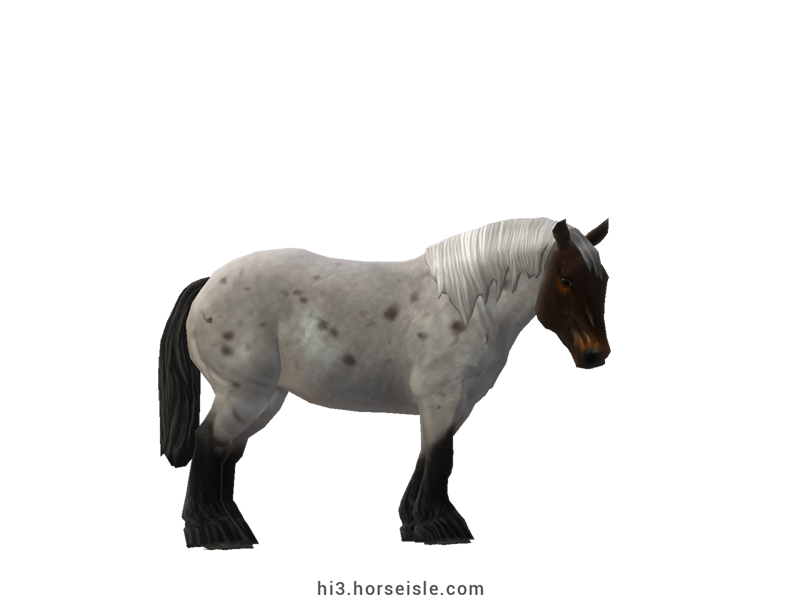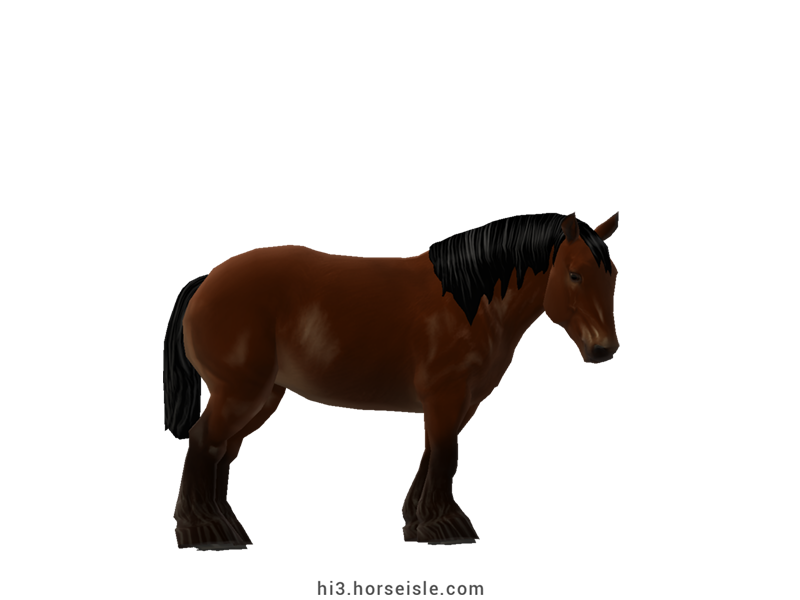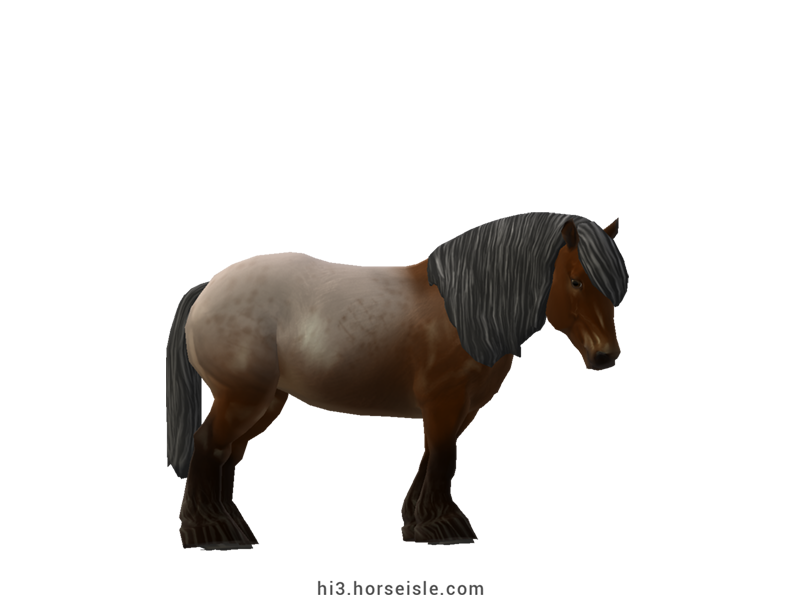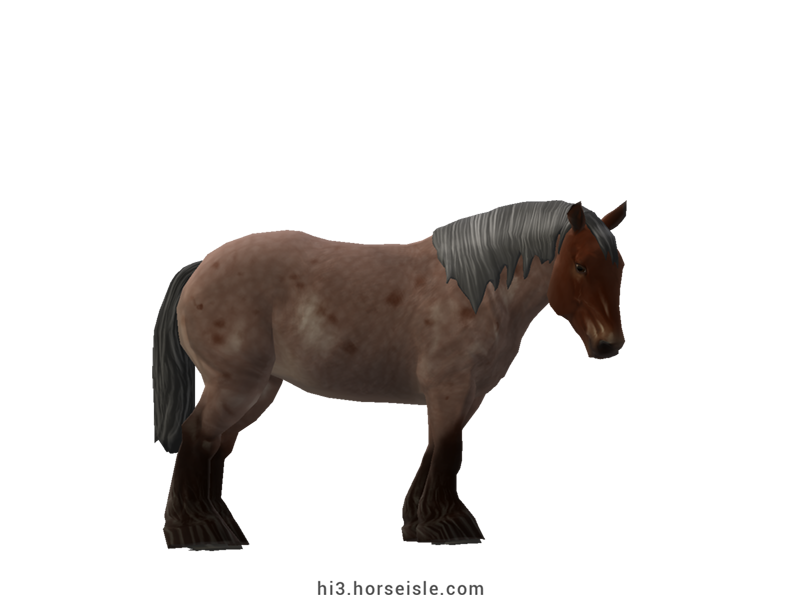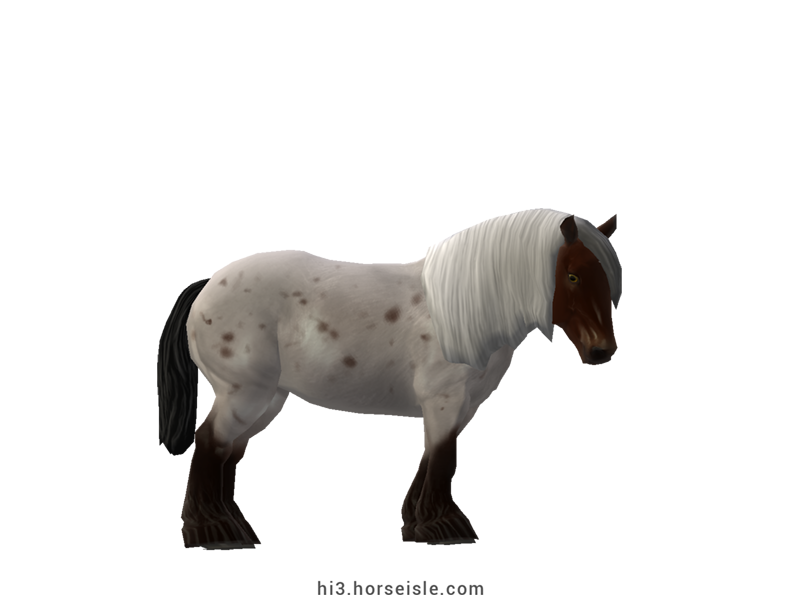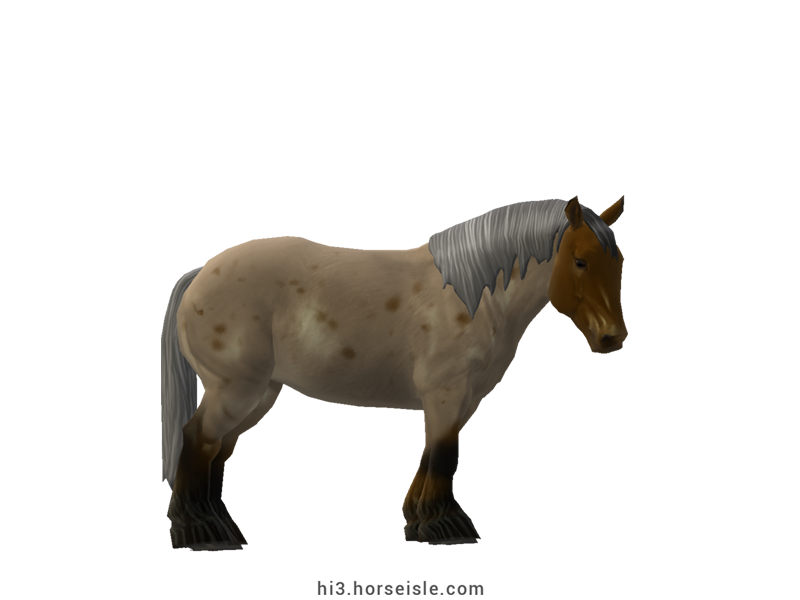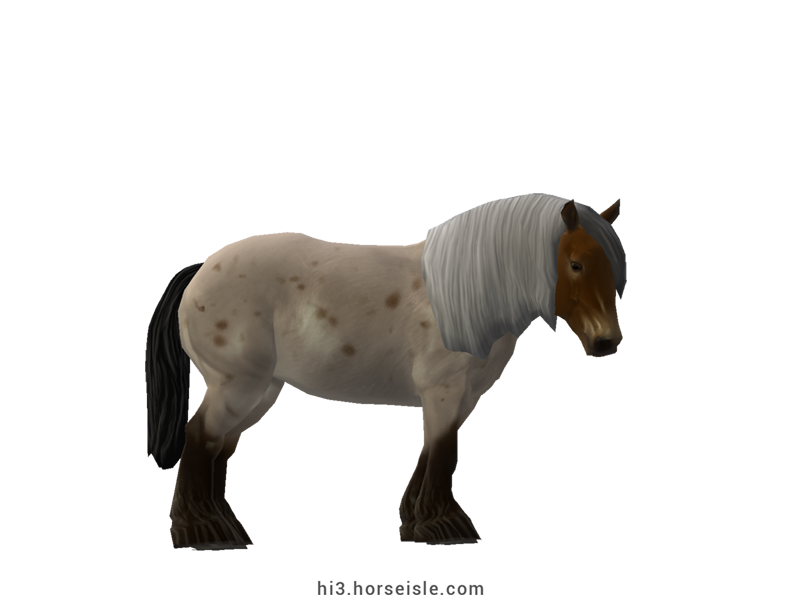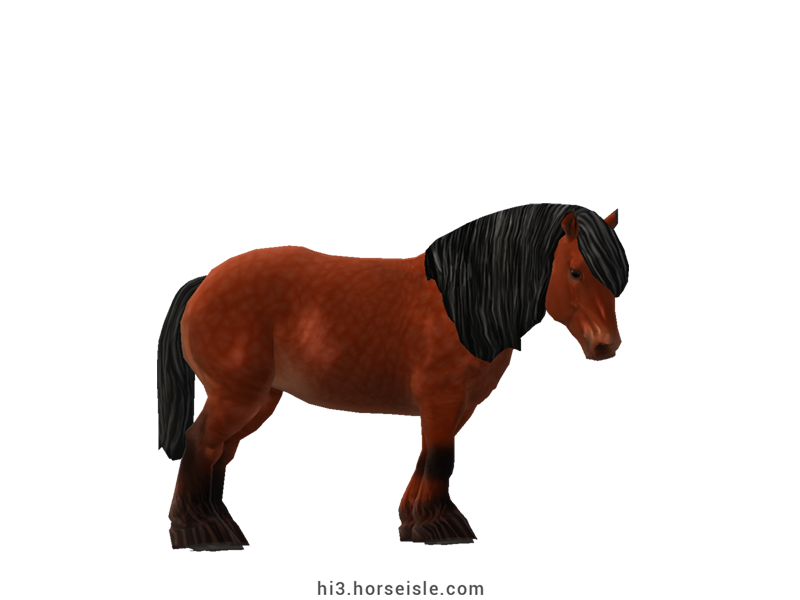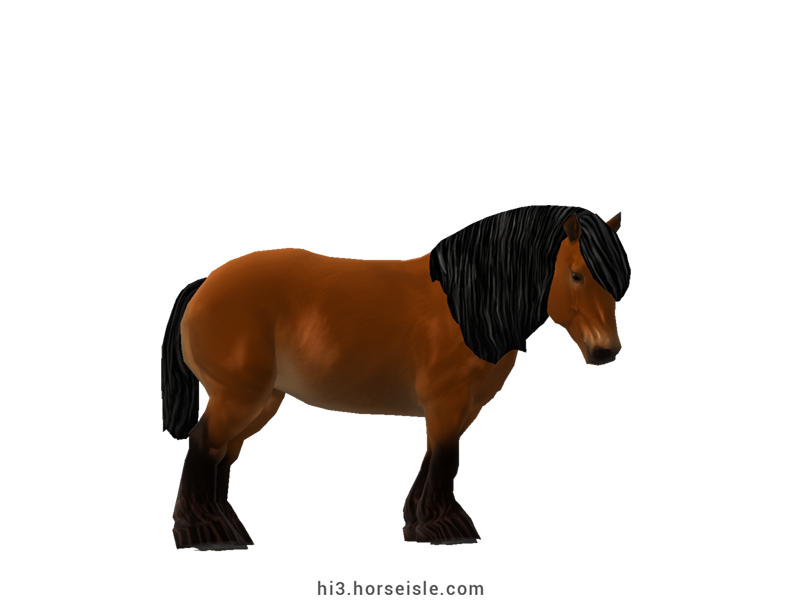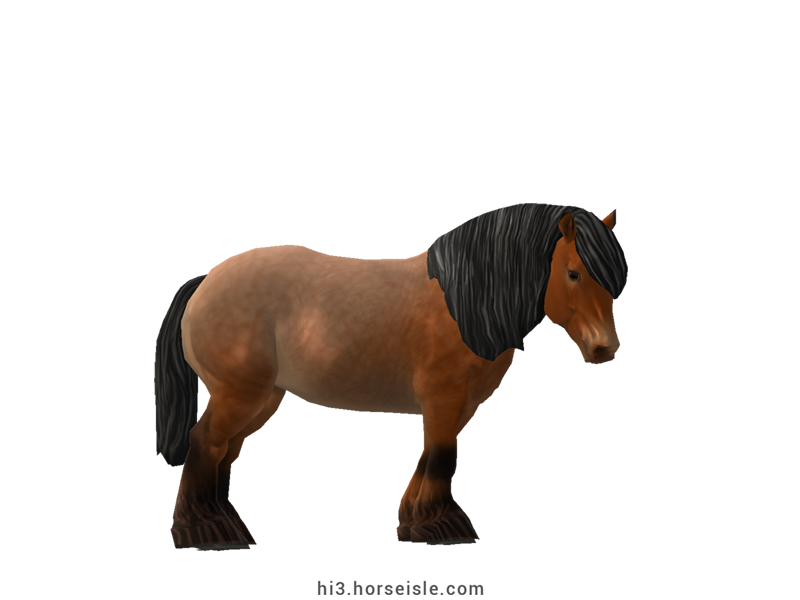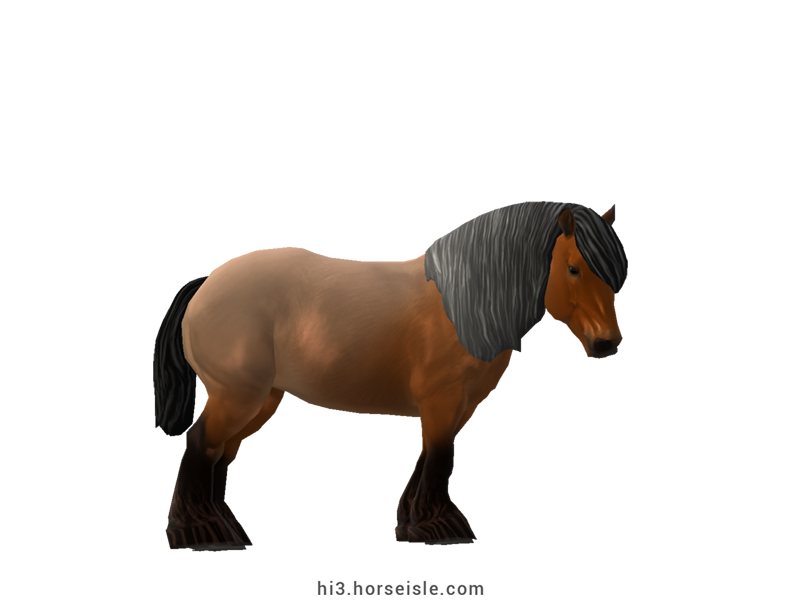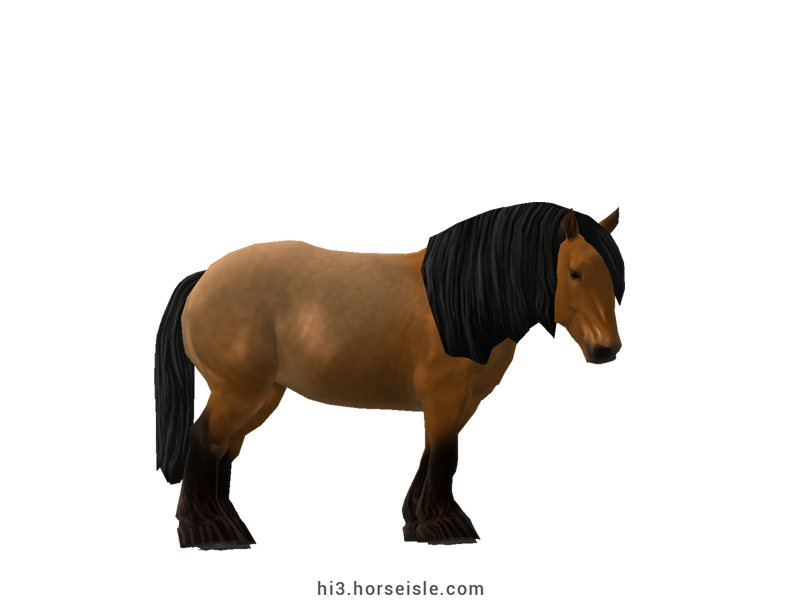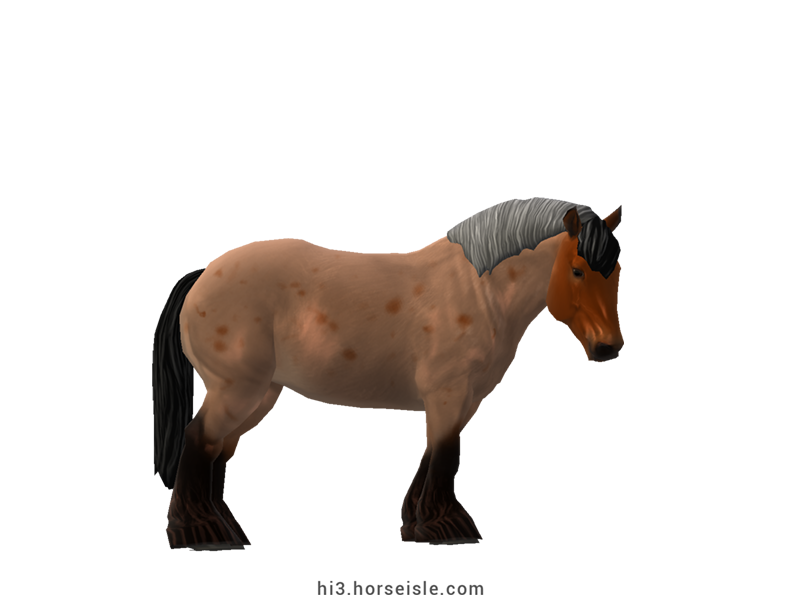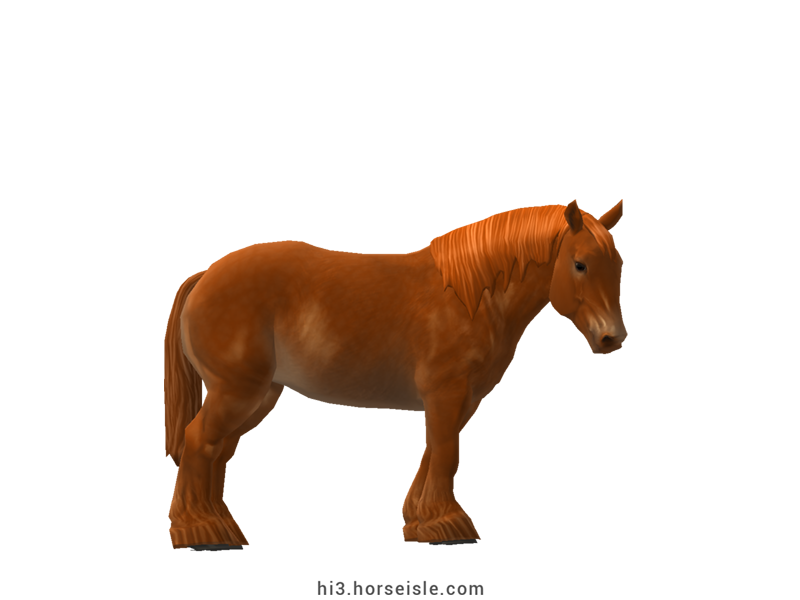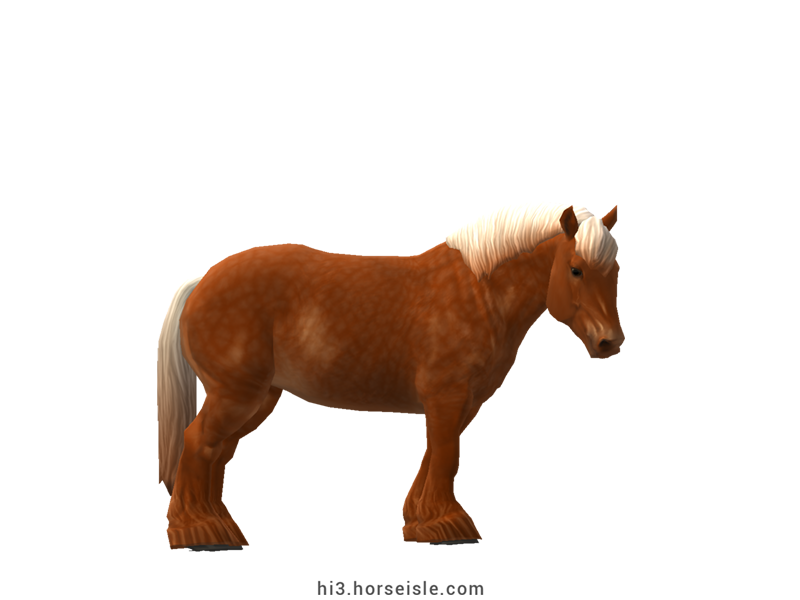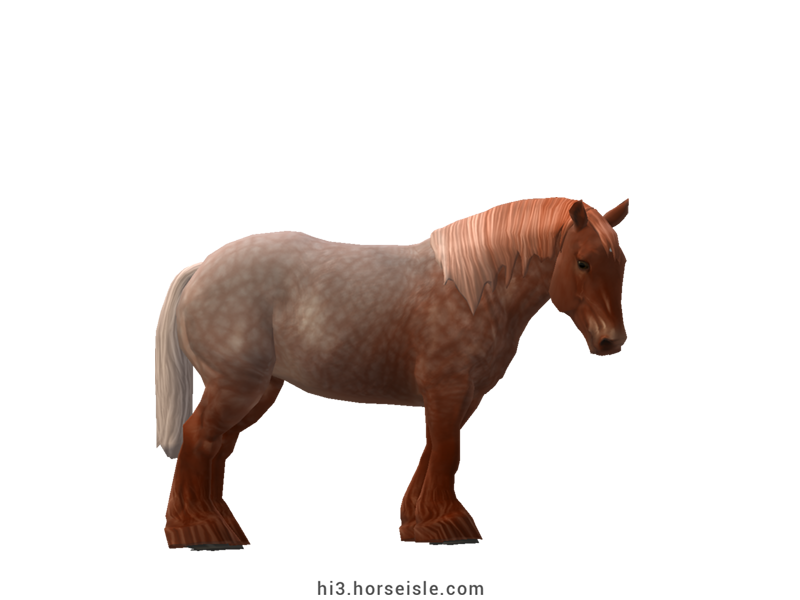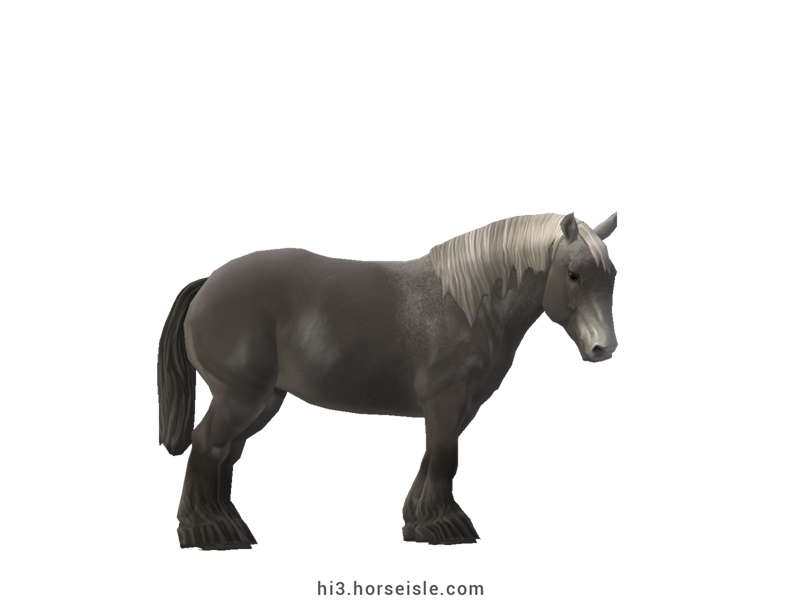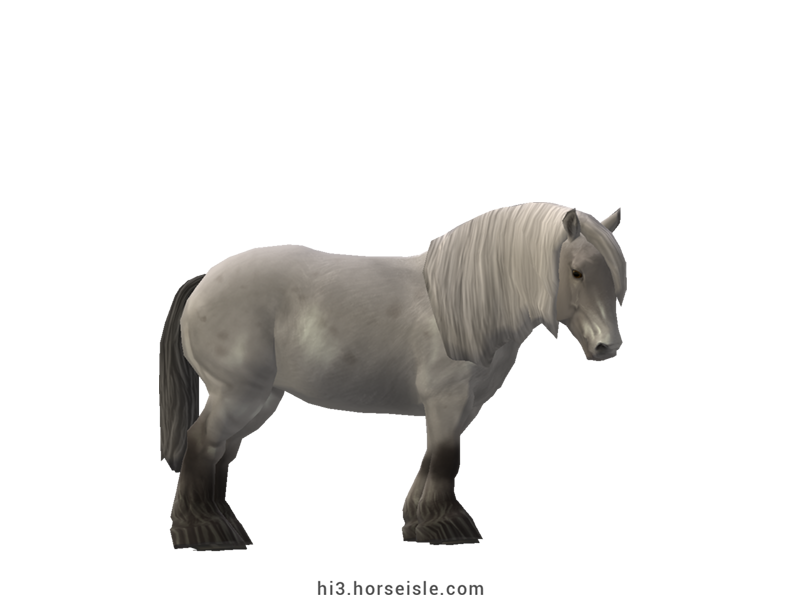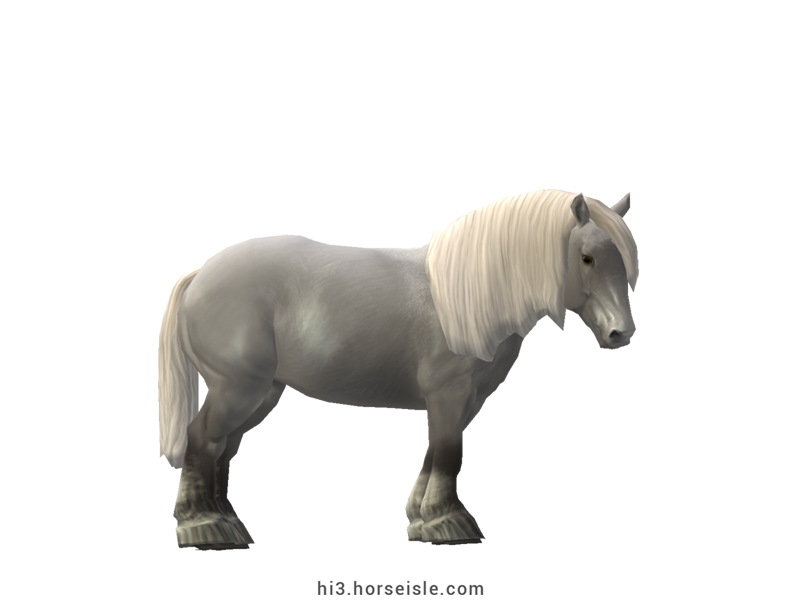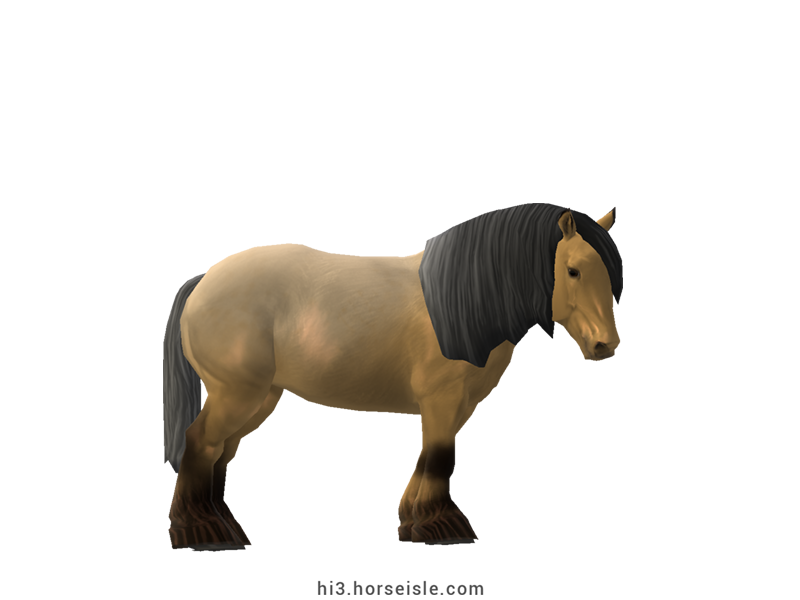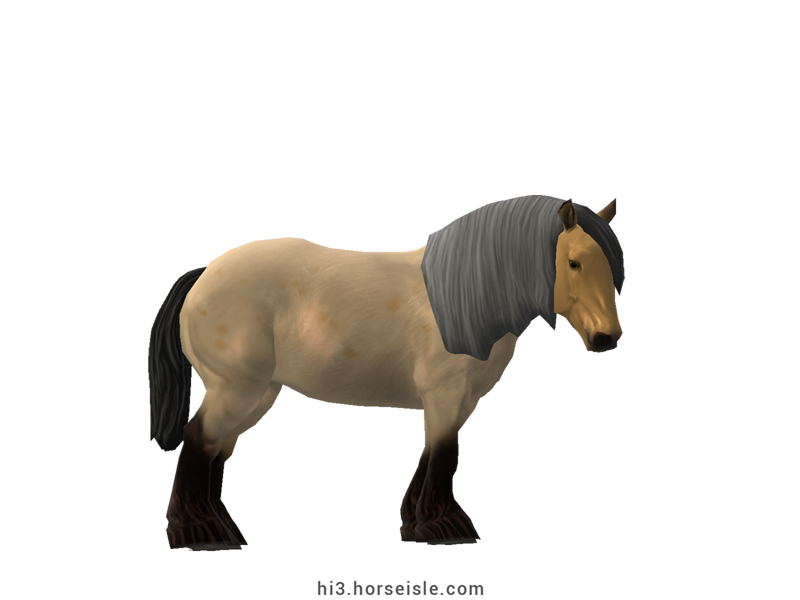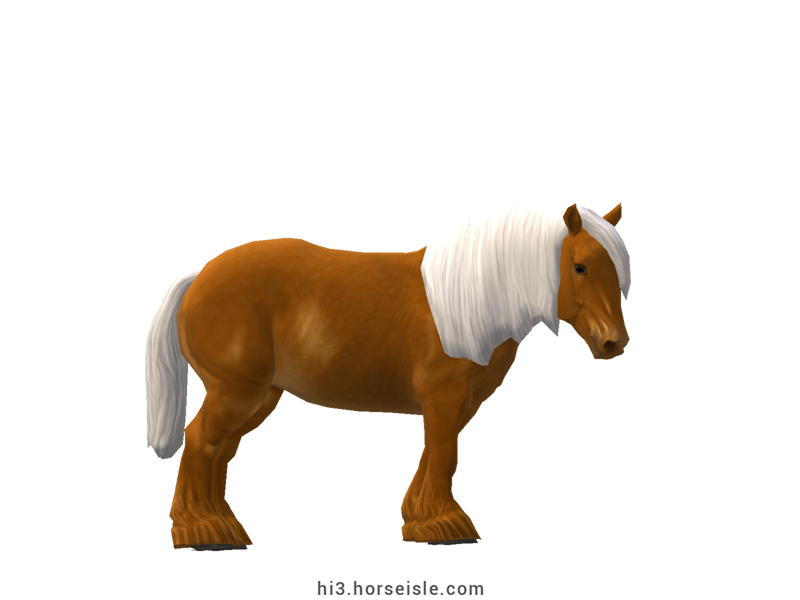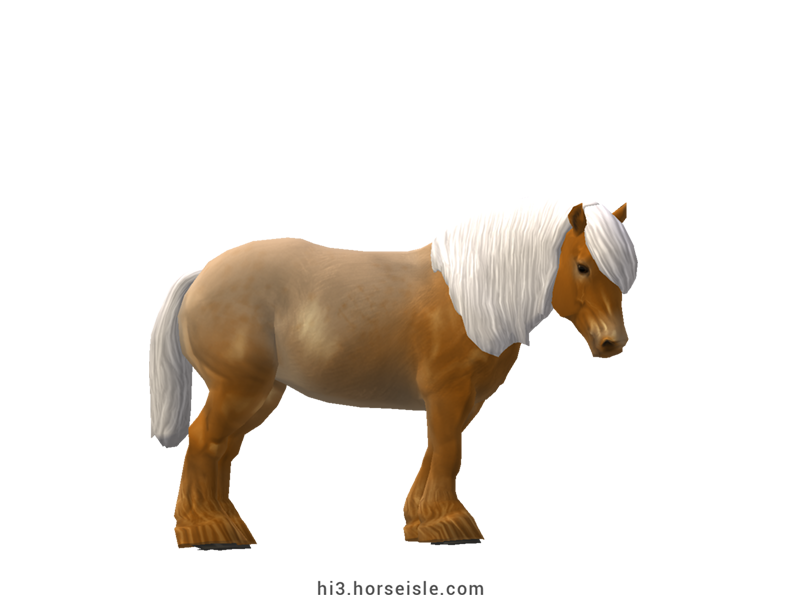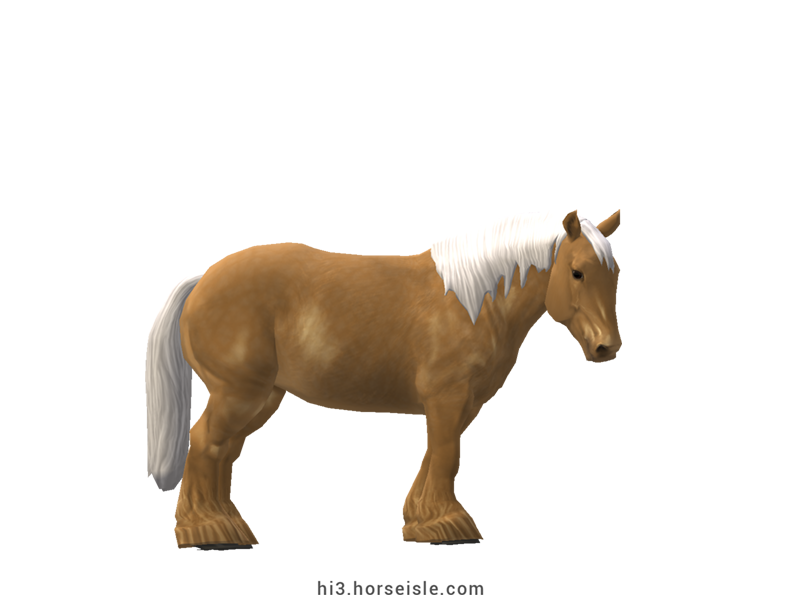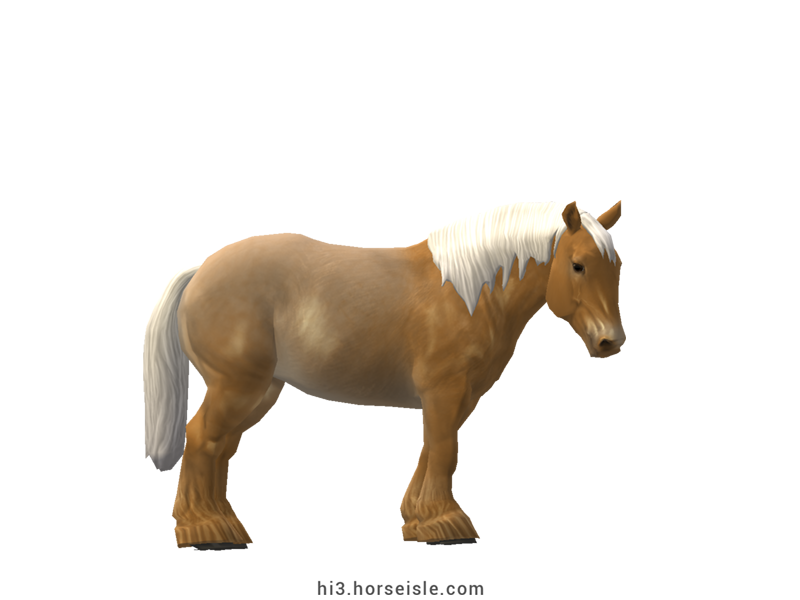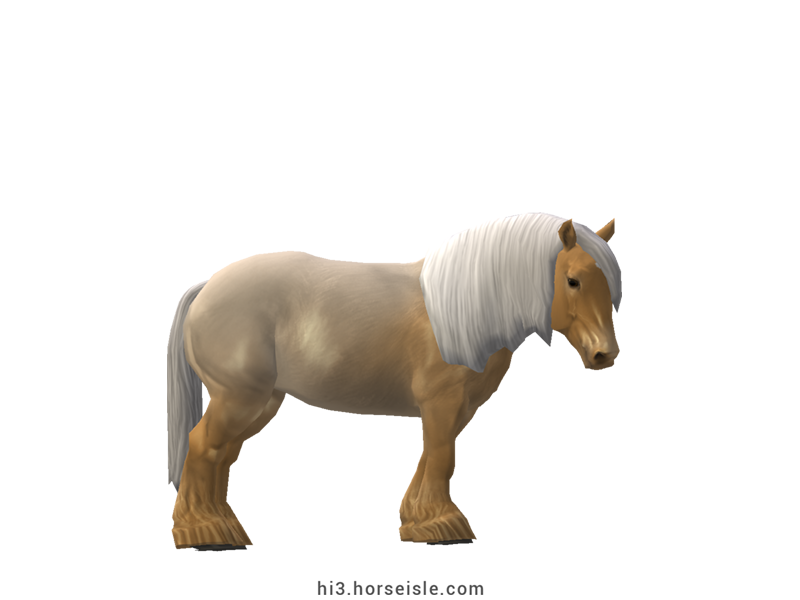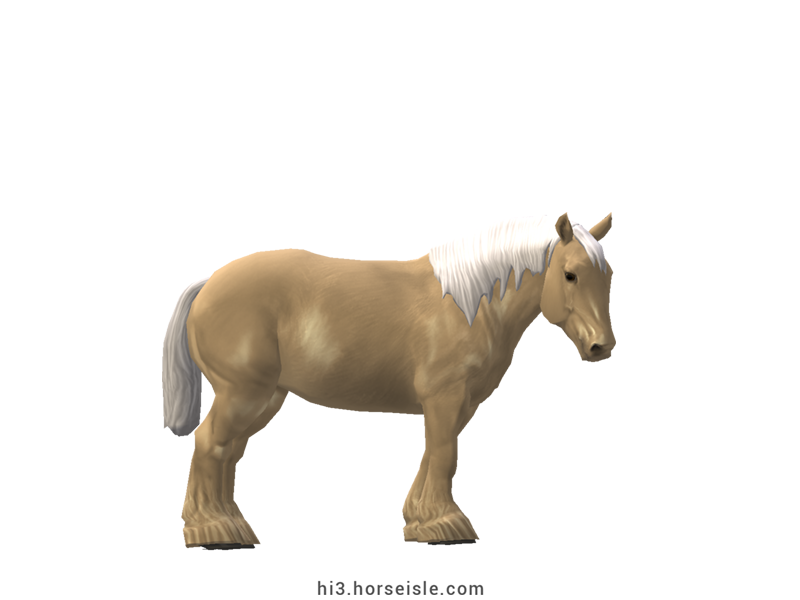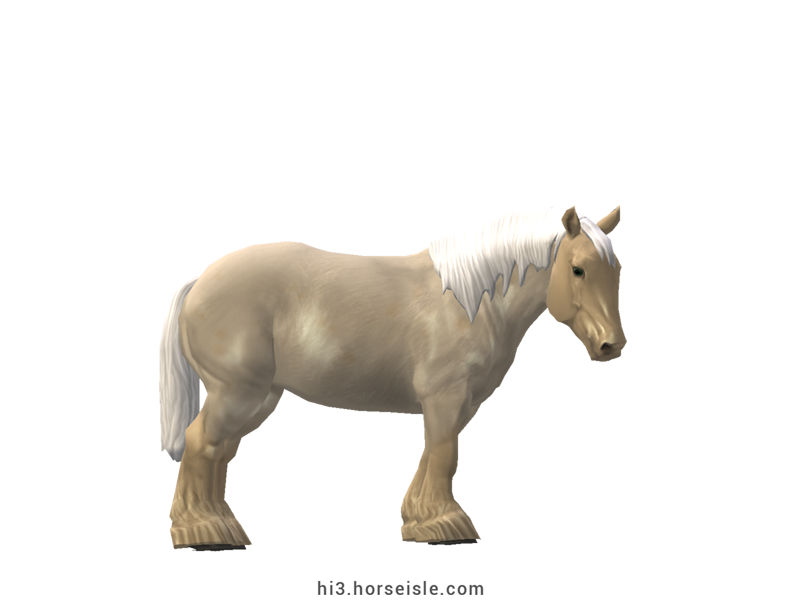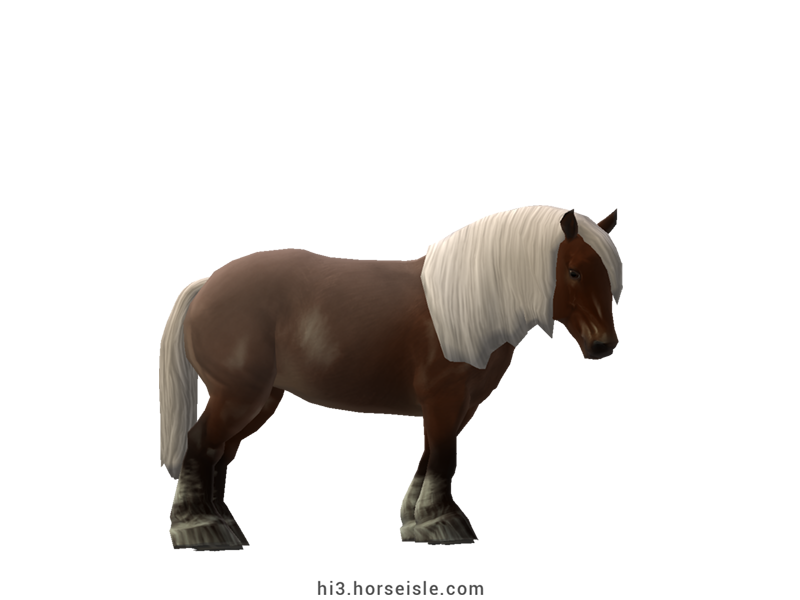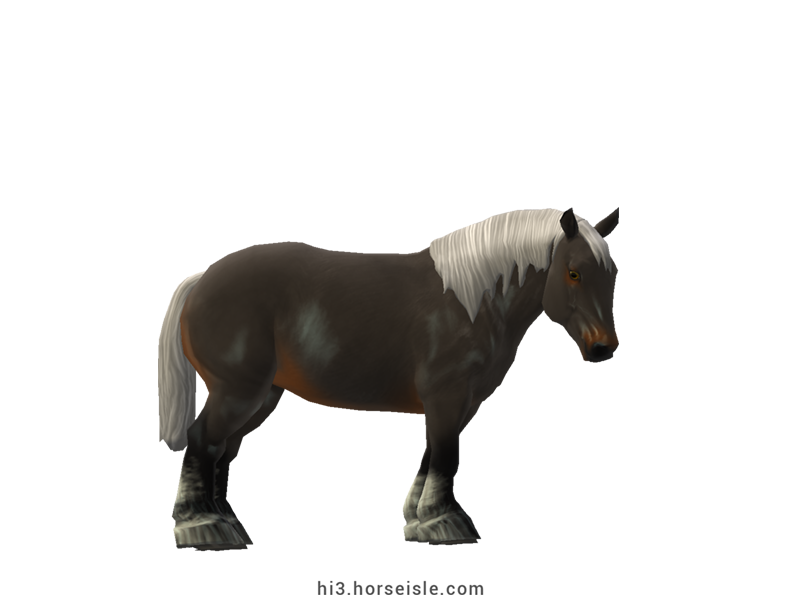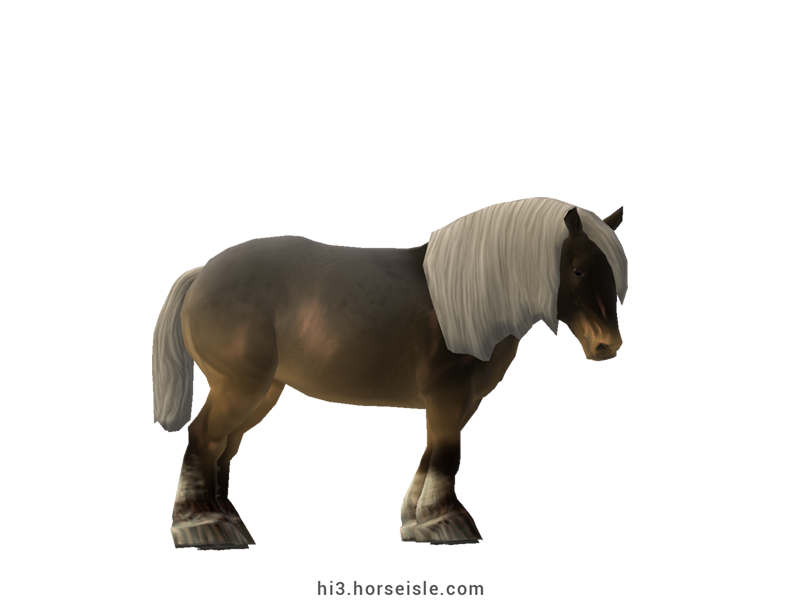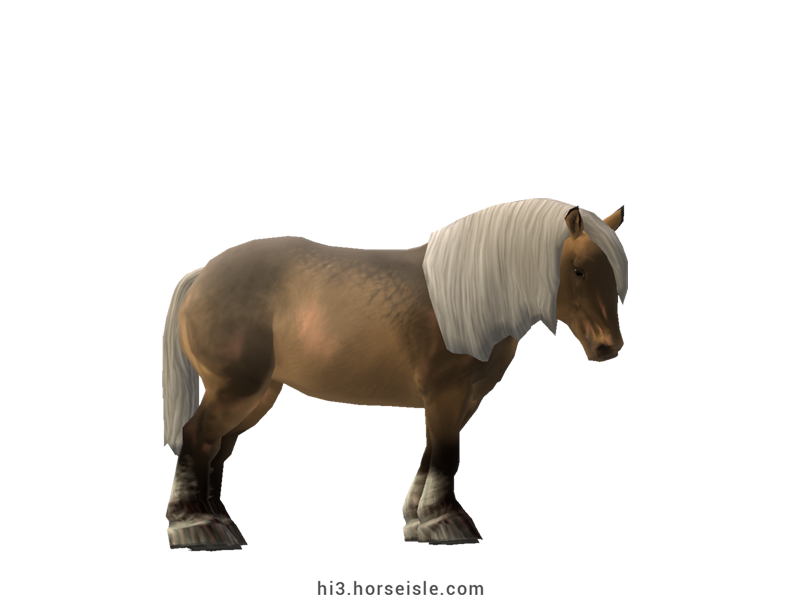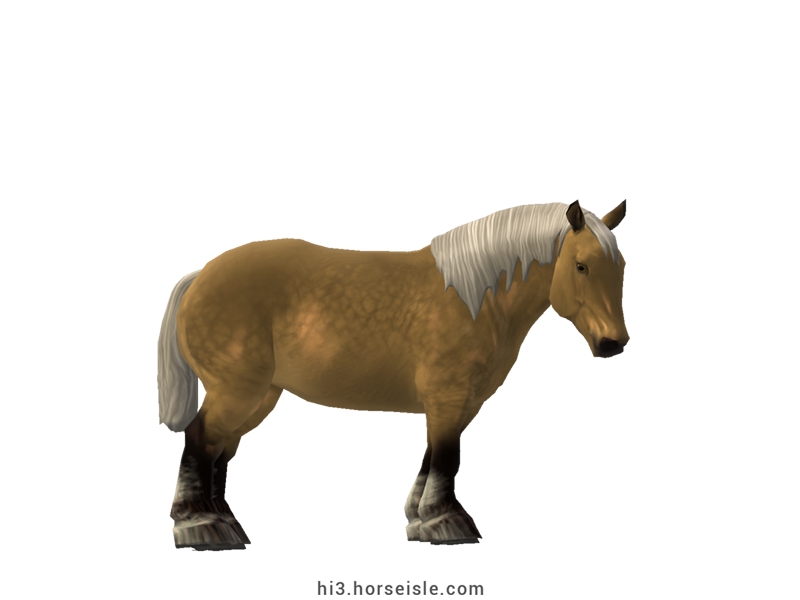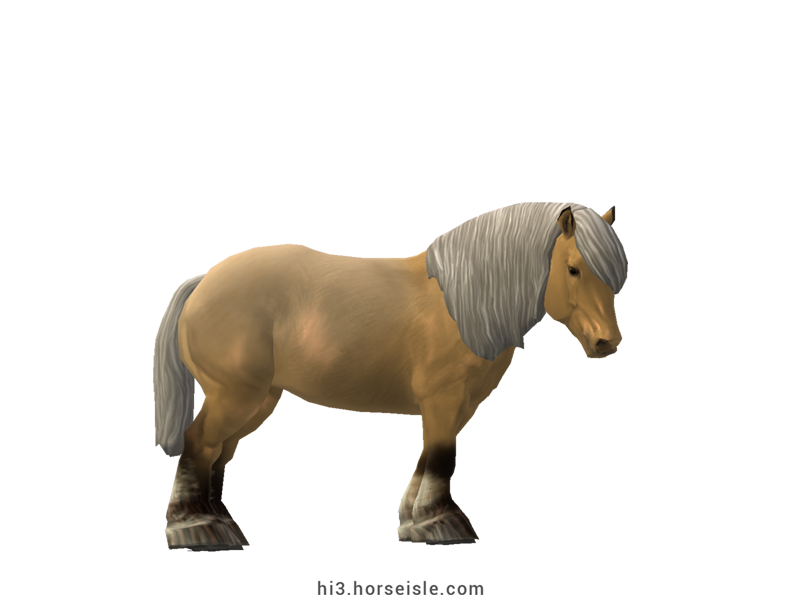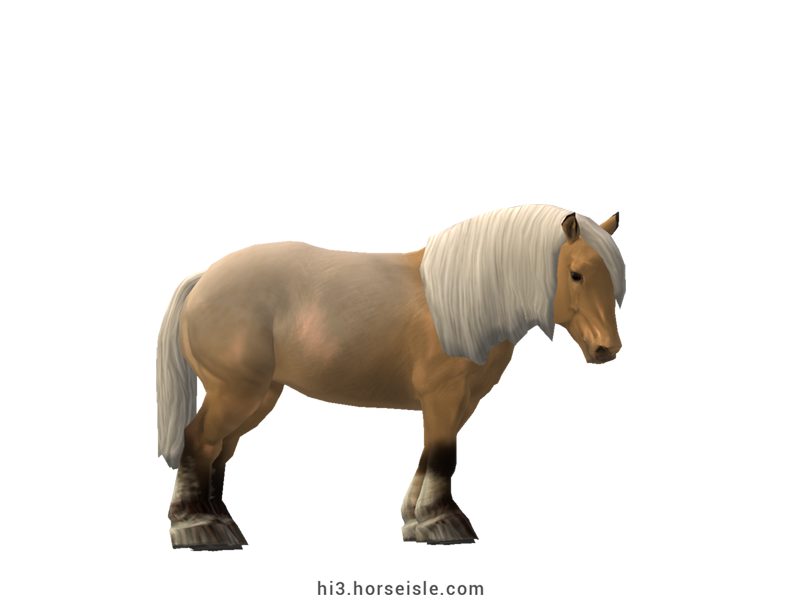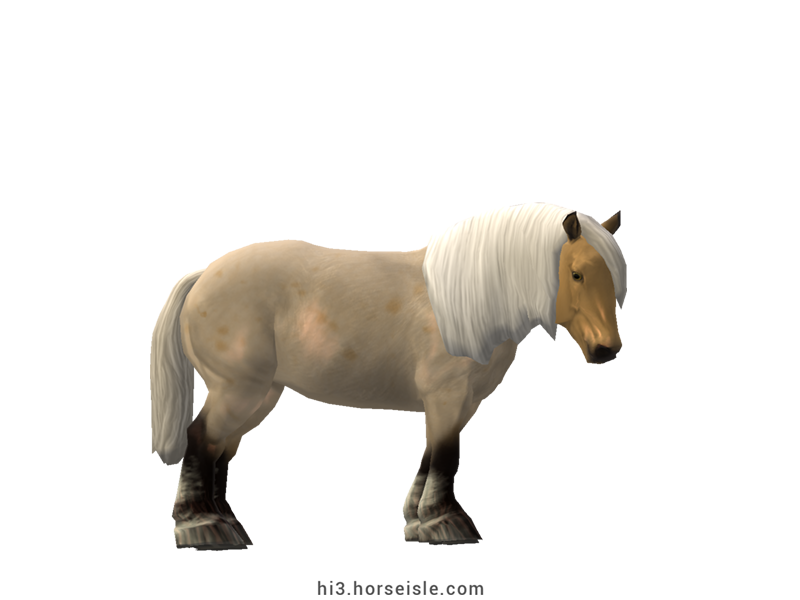Our Massive Real World Equine Reference!
[ INDEX ] Equine Type: Horse Breed: Ardennais (Ardy) [ PREV ] [ NEXT ]
Favored by both Romans and knights:
The Ardennais was always highly appreciated for its toughness and strength, and was used to create and refine many other breeds (see 'Auxois', 'Trait du Nord', 'Swedish Ardennais', and 'Comtois' for a few examples).
Ardennais horses were described by no less than Julius Ceasar as being "rustic, hard, and tireless". Even centuries later, well after the Roman empire had fallen, Ardennais horses remained a favorite. Their powerful build made them popular among knights who needed a strong mount that could carry them while they -- both horse and rider -- wore full armor.
As war tactics changed to require more speed and agility, the Ardennais was replaced with lighter breeds. Still, it remained a useful horse, working on farms and pulling carts and wagons. But its military career, while on hiatus, was not over just yet.
Napoleon and the "Ardennais trains":
In 1812, Ardennais horses were extensively used by Napoleon during his Russian Campaign, in the form of equine "trains". These mighty horses had enough stamina to pull heavy loads of equipment and supplies from France to the frontline in Russia, all while withstanding the extreme Russian winter.
A horse for both war and peace:
Although it had a mighty reputation, the Ardennais wasn't a mighty horse, since it stood only between 14hh and 15hh. This didn't stop it from being an excellent farm horse, a job for which it was used extensively during peace times.
This changed in the 19th century, when the development of massive agricultural machines called for larger horses. Ardennais horses were therefore crossed with larger Belgian Drafts, and within a few generations, the Ardennais breed became taller and stronger.
The Ardennais in the 20th century:
The Ardennais continued to serve in the army all the way into the 20th century, with many of its members pulling artillery and supplies during World War I. However, as the century progressed, the Ardennais was mostly replaced with vehicles and machinery, and the breed became rare.
The Ardennais today:
Today, Ardennais horses are used in combined driving, as well as for heavy farm and forestry work. In addition, because of their sensible and amenable temperament, they are also popular in therapeutic and recreational riding.
Conformation:
Ardennais horses are heavily muscular horses that can weigh more than a ton and are said to be "built like a tractor".
The head is broad in width but short in length, and has a squarish, flat nose. The profile is straight, and the ears are relatively small compared to other draft breeds. The neck is thick with muscles, and has a rounded topline that connects smoothly to the withers. The back is short and muscular, and the croup is doubled.
The legs are short and muscular, and their bones and joints are exceptionally thick. The girth is deep, the chest is extremely broad, and the body is dense with muscles.
The mane is of medium or long length, but the tail is kept on the shorter side. The hair of both can grow extremely thick and be coarse. The lower legs are covered with thick feathering.
Performance metrics:
The following are the: range, average, (SD), and MOE of performance metrics of ordered Ardennais horses in Horse Isle (not bred ones). In rare cases,
Speed: 12.7-13.8, 13.3 (0.2), 0.05.
Sprint: 34-45, 40 (3), 0.52.
Accel: 0.91-1.11, 1.02 (0.04), 0.01.
Decel: 1.17-1.30, 1.23 (0.03), 0.01.
Jump: 4.42-4.72, 4.57 (0.05), 0.01.
Pull: 4.51-5.19, 4.85 (0.14), 0.03.
Turning: 57.29-68.58, 62.11 (2.63), 0.52.
Reverse: 2.1-2.6, 2.4 (0.1), 0.02.
Stamina: 57.75-62.24, 59.73 (1.01), 0.20.
Reaction: 0.83-0.91, 0.87 (0.02), 0.00.
Coats & Height:
Colors: bay, brown, chestnut, dark grey, and, more rarely, cream-dilutes and silver-dapple.
No light grey? When it comes to grey in Ardennais horses, there's a strong preference for dark grey. In Horse Isle, this coat is achieved only when a horse is heterozygous to the grey G allele. As such, Ardennais horses who carry grey GG will receive a small penalty. To avoid this, simply breed grey Ardennais horses with non-grey ones.
Additionals: flaxen, mealy, rabicano, sooty, dark mane & tail, grey mane & tail. Roan is extremely common. The coat is always solid, and markings are kept to a minimum.
Height: 15hh to 16.1hh.
[ INDEX ] [ PREV ] [ NEXT ]

